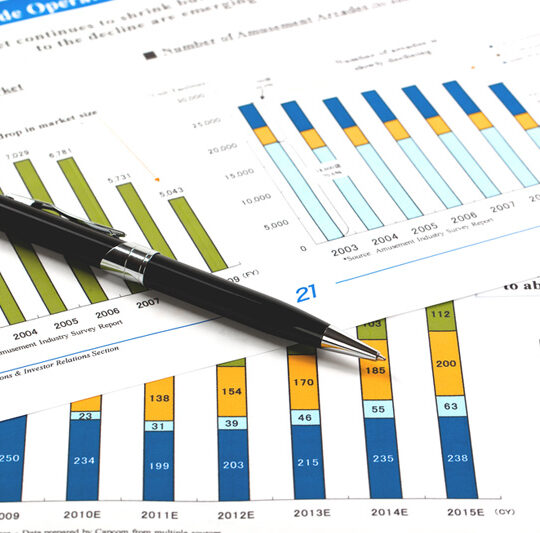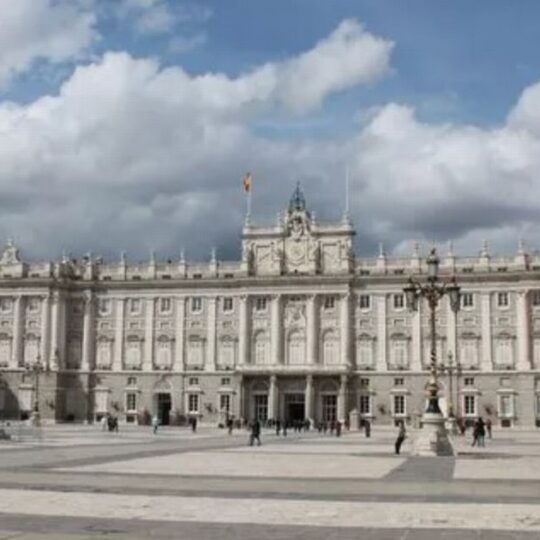

Exiting the workforce as soon as possible may be the dream, but what’s the best way to save up for an early retirement?
People in the U.S. can start receiving reduced Social Security retirement benefits at age 62 and full benefits at 66 or 67, depending on their birth year. But plenty of Americans dip out of the workforce early, with a 2022 Gallup survey finding the average retirement age is 61.
Financial experts warn that early retirement requires a lot of saving and planning.
“(It’s) looking at expenses and really figuring out how much you can save every month and then putting that to work and putting it to work in assets that are going to grow for you,” said Autumn Lax, a certified financial planner with New York-based financial firm Drucker Wealth. “The earlier you start the better.”













